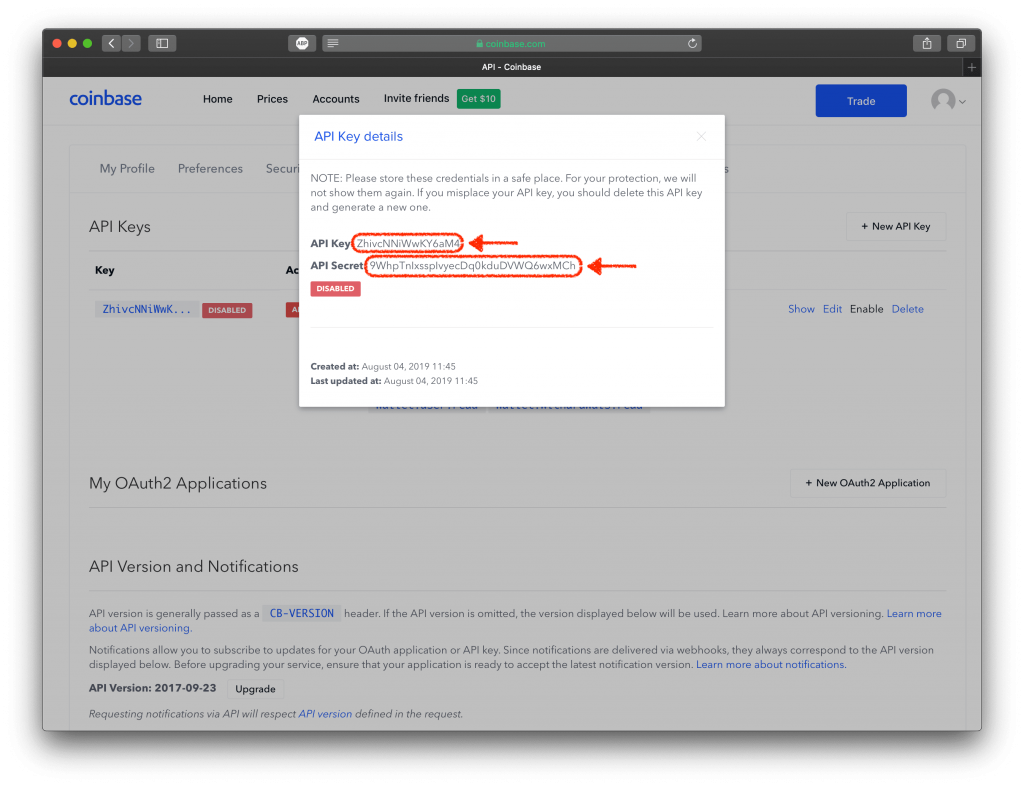The Microsoft JDBC Driver for SQL Server supports the optional JDBC 3.0 APIs to retrieve automatically generated row identifiers. The main value of this feature is to provide a way to make IDENTITY values available to an application that is updating a database table without a requiring a query and a second round-trip to the server.
Because SQL Server doesn't support pseudo columns for identifiers, updates that have to use the auto-generated key feature must operate against a table that contains an IDENTITY column. SQL Server allows only a single IDENTITY column per table. The result set that is returned by getGeneratedKeys method of the SQLServerStatement class will have only one column, with the returned column name of GENERATED_KEYS. If generated keys are requested on a table that has no IDENTITY column, the JDBC driver will return a null result set.
As an example, create the following table in the sample database:

In the following example, an open connection to the sample database is passed in to the function, an SQL statement is constructed that will add data to the table, and then the statement is run and the IDENTITY column value is displayed. /sims-4-get-together-key-generator.html.
How Are Secret Keys Usually Generated In The World
See also
How Are Secret Keys Usually Generated In Texas
How to generate a secret key with Python. GitHub Gist: instantly share code, notes, and snippets.
The 128 bit keys generated by SecretKeyGenerator103.jar, are generally believed to resistant to brute force attacks, which try all possible combinations of the secret key. The other means of attack is to guess the key based on some other knowledge. Oct 01, 2005 Secret key encryption is most often used to encrypt data to be stored on a particular location. If the encrypted data has to be transmitted, there always is the problem of how to get the secret key to the recipient in a safe way. Usually the key is encrypted using public key encryption so it can be transmitted safely. A new secret key must be generated. The nature of UWB channels directly implies a spatial-temporal locality of se-cret keys generated via the mutual information of channel measurements. The length of the shared key is a function of the amount of mutual information shared between a transmitter and re.